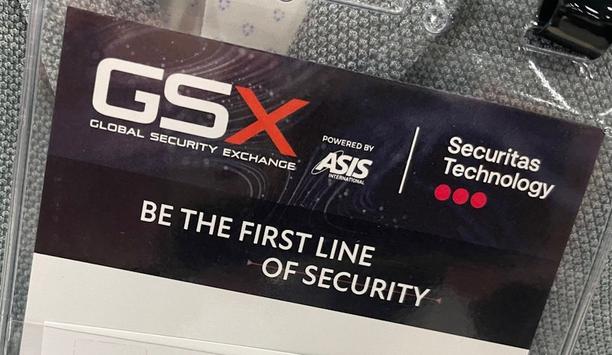The Metropolitan Atlanta Rapid Transit Authority (MARTA) has a lot of resources to protect. A network of video cameras view MARTA’s 38 stations, three rail yards, five bus garages and other infrastructure located within 30 or so different law enforcement agencies in and around Atlanta. The large number of existing fixed cameras will be augmented with about 1,000 additional cameras for a total of 2,200 or 2,300 cameras in the system in coming years. Cameras are connected using an Omnicast video management system (VMS) from Genetec. A fibre-optic cable connects MARTA’s video system with that of the City of Atlanta.
Video from the MARTA system is routed to a new Security Operations Centre located north of the city’s downtown. When there is an emergency, the facility operates as an Emergency Operations Centre. I got a first-hand look at MARTA’s systems – and a preview of what’s ahead – during a recent facilities tour.
More than 500 MARTA buses now have on-board camera systems. Each bus has about 11 analogue cameras showing interior views. The cameras provide clear images, even in low light (although the buses are well lighted). Video from each bus’s on-board DVR is uploaded to a centralised system when buses arrive at a “hot spot” (generally inside a bus garage). However, the system also has the capability to “go live” and view video from inside a bus (using the AT&T 4G broadband network) in case of a distress signal from a bus operator’s covert alarm. One terabyte of on-board storage enables each vehicle to store video locally for 15 days. MARTA’s para-transit buses are also equipped with cameras.
As new buses are delivered, they now come pre-wired for the camera system. MARTA is also planning to run a 60- to 90-day prototype test to evaluate the usefulness of cameras on the system’s trains.
MARTA clearly has more cameras than it has personnel to view them, which has led the authority to employ video analytics to simplify system operation and alert system operators |
Among the benefits of video on buses has been a drastic reduction in false liability claims against the authority, based on the ability of video and associated audio to show clearly what happened (or didn’t happen). Mounting a monitor on each bus to allow patrons to view live captured video as they are boarding has served as a deterrent to crime.
Technology is used to augment the efforts of MARTA’S police officers to protect the large transit system. MARTA clearly has more cameras than it has personnel to view them, which has led the authority to employ video analytics to simplify system operation and alert system operators to video only when there is a situation that needs to be addressed.
MARTA uses “behavioural” or “adaptive” analytics (provided by BRS Labs). In this case, the analytics can actually “learn” from the environment; analytics operation is not limited to “rules-based” specifications as are other systems. Therefore, the system does not require a high level of technology support, but rather adapts automatically to changing situations. When the system is installed, it typically operates for two or three weeks in a “suppression” mode, during which time it begins generating alerts but is also learning about the environment. As the system learns more about the environment, the alerts become more dependable, and the system can start generating usable alerts.
Return on investment (ROI) at MARTA is measured in multiple ways, but the most obvious is the system’s ability to save lives, for example by alerting when a patron enters a dangerous area. In addition, the system prevents loss of productivity that’s bound to occur if elements of the MARTA system go down after an event, not to mention the loss of revenue during an investigation and clean-up.
A network of video cameras view MARTA’s 38 stations, three rail yards, five bus garages and other infrastructure located within 30 or so different law enforcement agencies |
Another element of ROI is money saved by prevention of fare evasions. The video analytics can provide an alert if someone attempts to climb over a turnstile, for example.
MARTA’s free “See Something, Say Something” app for iPhone and Android smart phones makes it easy for MARTA patrons to communicate emergency information by sending real-time alerts as discreet text messages or a photo to the MARTA police department. In addition to enabling MARTA customers to feel connected, the app helps MARTA target its resources more effectively. For example, if MARTA police receive an alert of something happening on a train approaching the Five Points platform, they can be there with appropriate resources to respond when the train arrives. The person reporting an incident can remain anonymous, and MARTA police will still know their location based on GPS information provided by today’s smart phones. The “See Something Say Something” app has been downloaded 14,000 times, which is a force multiplier and provides, in effect, 14,000 additional sets of eyes and ears to help MARTA’s security efforts.
Looking ahead, MARTA is planning to unify its various systems into a physical security information (PSIM) system, which would combine inputs from the video system, access control, and other systems into a single interface. (For example, MARTA’s technology includes urine detectors inside elevators, and an alert from a urine detector could be integrated into the PSIM along with associated video.) MARTA is entering a pilot program to evaluate two different PSIM systems before choosing one.
Learn why leading casinos are upgrading to smarter, faster, and more compliant systems














































